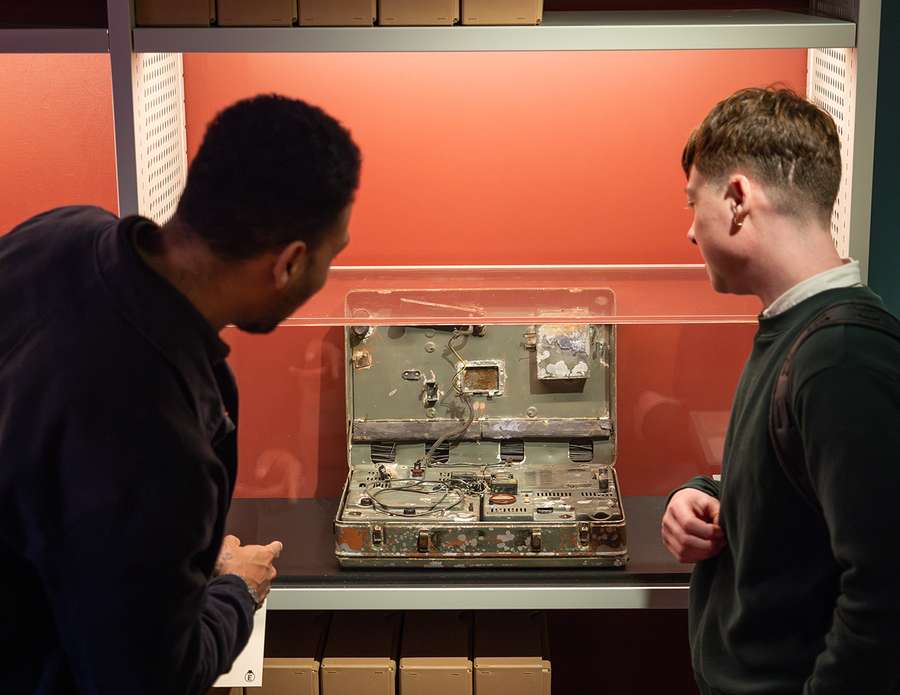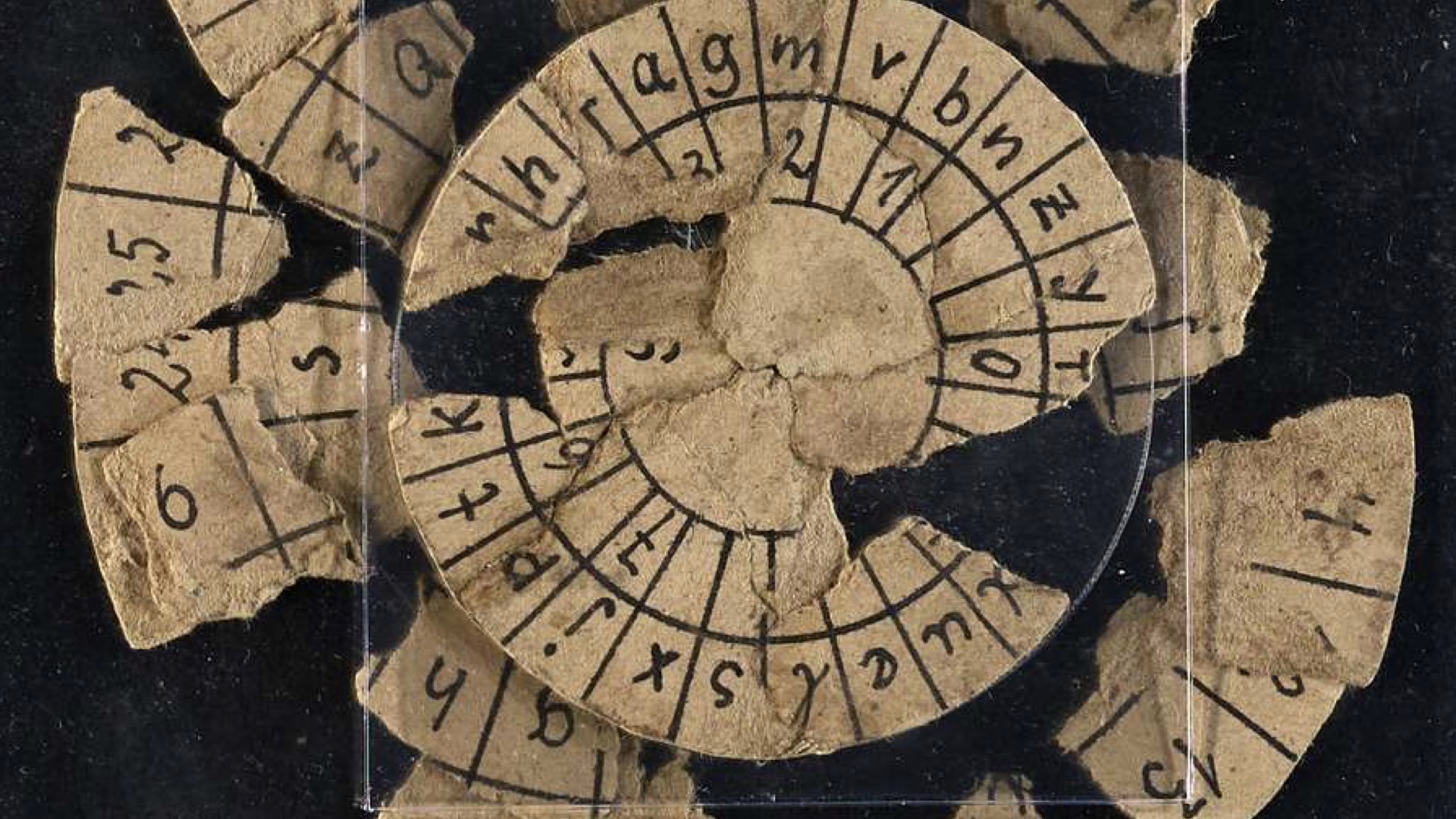A significant part of Britain’s hidden history is, for the first time, being made directly accessible to the public.
“MI5: Official Secrets” is the result of a unique collaboration between The National Archives and MI5 – the most comprehensive unveiling to date of the British domestic intelligence service’s 115-year history.
Rather than filtering espionage stories through popular culture, the exhibition tells them through original files, documents, photographs, and equipment. This allows visitors to move the concept of “spying” out of novels, series, and films and into the cold, complex, bureaucracy-entwined world of real operations.
Looking at Espionage History Through the Archives
The exhibition traces a line from MI5’s founding to the present day:
World War I and II:
Counter-espionage, double agents, cracked codes, and the information wars behind the front lines.
Files covering everything from agents who helped conceal D-Day from the Nazis to seemingly small but critical behind-the-scenes moves are brought together on this scale for the first time.
The Cold War Years:
Confessions, informants, infiltrations, and espionage scandals triggered by ideological divisions…
Rather than debating “who was right,” the exhibition focuses on the axis of trust and paranoia.
Recent Period and Counter-Terrorism:
The shifting threat perception after the Cold War, terrorist organisations, and the evolution of domestic security strategies…
The archival documents indirectly reveal how the balance between security and freedom is debated in a democratic society.
All these eras are supported by original MI5 files, photographs, reports, and operational notes, turning the exhibition into something that doesn’t merely narrate – it shows evidence.


Real Equipment Used by Spies
One of the exhibition’s strongest aspects is that it is not confined to paper.
Visitors can see up close the equipment used by MI5 over the years:
- Spy and counter-spy devices,
- Listening, surveillance, and recording tools,
- Gadgets concealed in everyday objects.
A real piece of equipment placed next to its archival document blurs the line between fiction and reality, revealing the historical context of the objects that have fed the visual world of spy films.
Unknown Stories: Double Agents, Lemons, and Deceptions
The National Archives complements the exhibition with parallel content that uncovers lesser-known aspects of MI5 history.
The online “spy stories” section and in-exhibition narratives highlight figures such as:
- Double agent Elvira Chaudoir, who helped keep D-Day secret from the Nazis,
- Karl Müller, remembered for the “deadly lemon” story,
and others.
These narratives bring espionage history down from grand strategies to individual lives – in short, they humanise “state secrets.”


“Slow Horses” and Other Side Programmes
The exhibition is not limited to display cases; it is surrounded by a rich programme:
MI5: Official Secrets events:
Talks, presentations, and hybrid events (at Kew or online) with curator Mark Dunton and guest speakers.
Costumes and props from the Apple TV+ series Slow Horses:
This small display in The National Archives entrance area offers a subtle nod to the link between fiction and reality – genuine MI5 archives on one side, a contemporary series about the intelligence agency on the other…
In a single visit, the public can encounter both real files and the modern screen narratives they have inspired.
Visitor Information
- Exhibition: MI5: Official Secrets
- Venue: The National Archives, Kew, Richmond, TW9 4DU
- Dates: On view until 23 November 2025
Apartman No:26 Note
“MI5: Official Secrets” is one of those rare moments when the agency itself opens its traces to the public, rather than viewing espionage history through the lens of popular culture.
For anyone in London curious about the intersection of history, politics, and intelligence, this exhibition is not merely “relevant” – it is unmissable. For researchers, students, writers, and curious visitors working on 20th-century European history, it serves as both an exhibition and a starting point into the archives.














